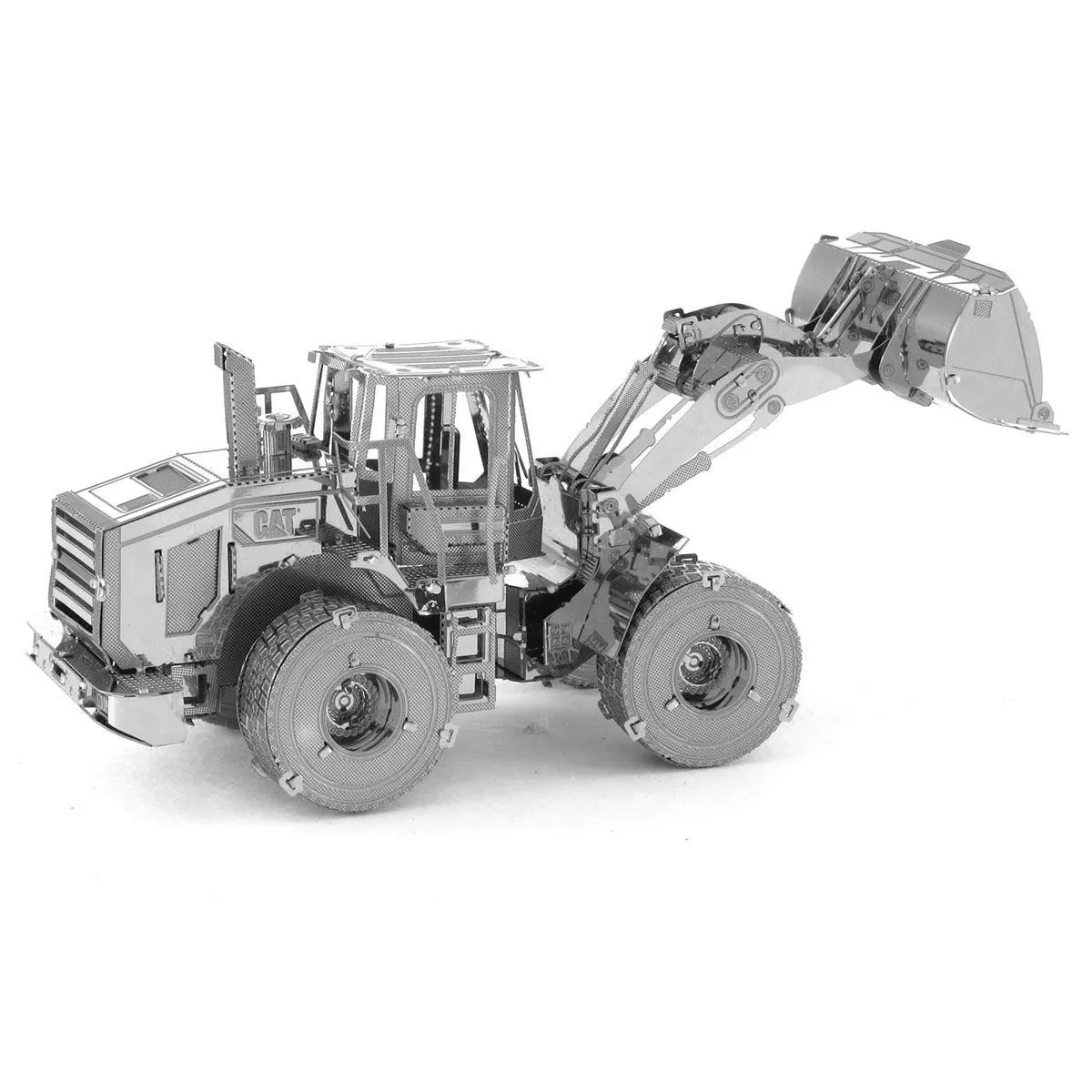The Cat wheel loader, a symbol of power and efficiency, is a cornerstone of construction, mining, and various material-handling operations. This comprehensive guide provides a detailed how-to, ensuring you not only understand the machine’s capabilities but also operate and maintain it safely and effectively. Whether you’re a seasoned operator or new to the world of heavy machinery, this guide will equip you with the knowledge to maximize productivity and minimize downtime. From choosing the right model to mastering advanced operating techniques and ensuring proper maintenance, this guide is your go-to resource for all things Cat wheel loaders.
Choosing the Right Cat Wheel Loader
Selecting the right Cat wheel loader is crucial for optimizing your project’s efficiency and profitability. The vast range of models and configurations can seem daunting, but understanding your specific needs is the first step. Consider the type of materials you’ll be handling, the size of your work site, and the required lifting capacity. Factors such as maneuverability, breakout force, and fuel efficiency should also play a significant role in your decision-making process. Moreover, evaluating the after-sales support, including parts availability and maintenance services, is essential for minimizing potential disruptions to your operations.
Understanding Wheel Loader Specifications
Wheel loader specifications provide critical insights into a machine’s performance capabilities. These specifications can vary significantly between different models and configurations. Understanding these details ensures that the wheel loader aligns perfectly with the operational requirements. It’s also essential to compare specifications from various manufacturers to choose the most effective machine for your project’s requirements. Specifications guide the user in making the best investment. Specifications help you determine what the best machine for the job is.
Key Specifications to Consider
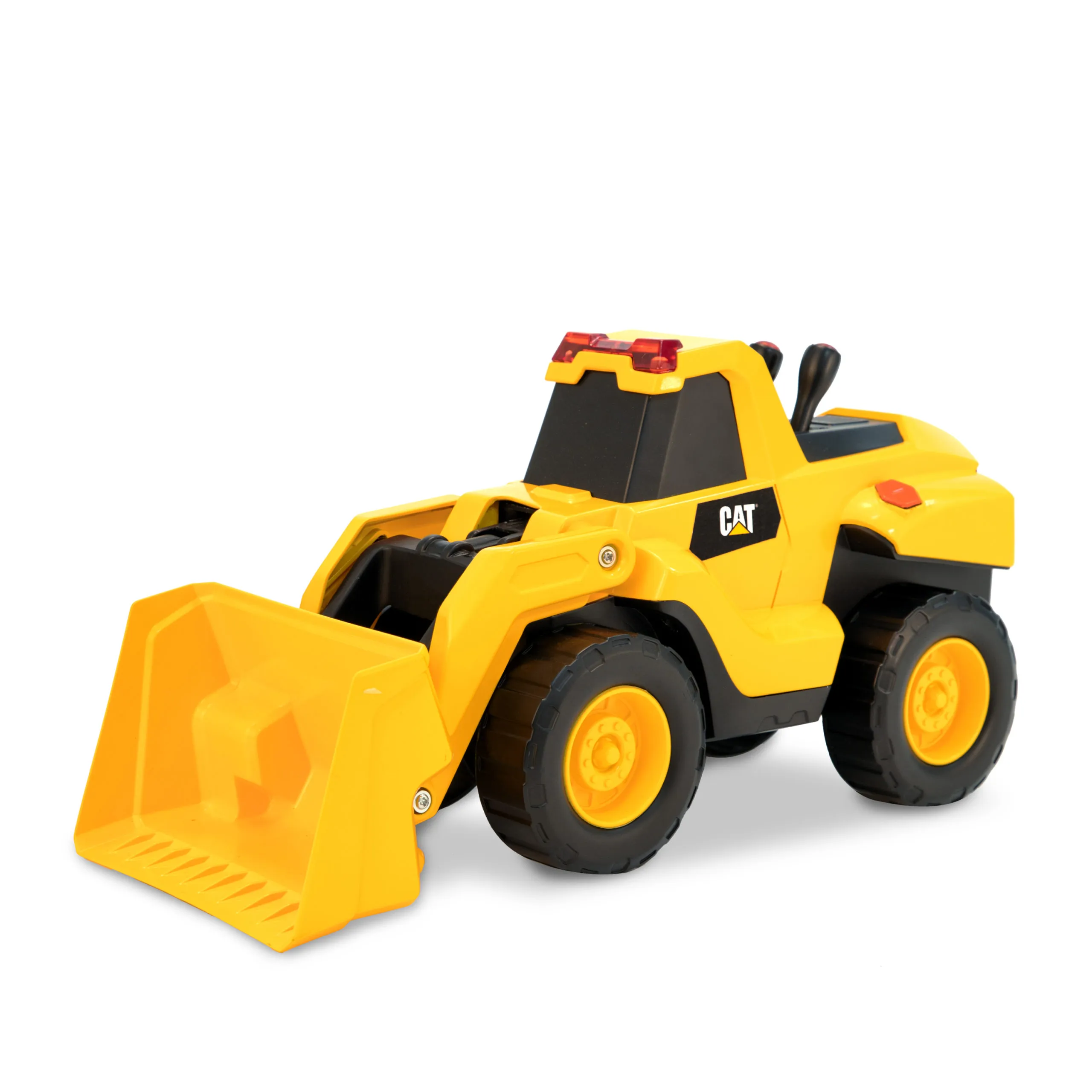
Key specifications to focus on include operating weight, which affects ground pressure and stability, and engine power, which determines lifting and digging capabilities. Bucket capacity is another essential factor, directly impacting the volume of material that can be handled per cycle. Breakout force, measured in pounds or kilonewtons, indicates the loader’s ability to dig into tough materials. Reach and dump clearance are also critical for loading trucks and stockpiling materials efficiently. Finally, consider the turning radius, particularly on confined job sites, and the transport dimensions for ease of movement between locations.
Factors Influencing Your Choice
Several factors should influence your choice of a Cat wheel loader. The primary factor is the nature of the materials you’ll be working with, from loose aggregates to dense rock. The size of your job site impacts the required machine size and maneuverability. Consider also the desired cycle times and the required lifting height. Fuel efficiency and emissions compliance are important in reducing operational costs and meeting environmental regulations. Finally, factor in the total cost of ownership, including purchase price, maintenance, and potential resale value, when making your final decision. Also, ensure the loader you pick will have enough power to carry out the job at hand.
Essential Cat Wheel Loader Features
Cat wheel loaders are packed with features designed to enhance performance, safety, and operator comfort. These features can significantly impact productivity and overall operational efficiency. They can also reduce downtime and operational costs. Advanced technologies, such as Cat Connect, provide valuable data on machine performance, fuel consumption, and location tracking. This can help fleet managers to effectively manage their equipment. Moreover, the inclusion of these features provides the best value for money.
Bucket Types and Their Uses
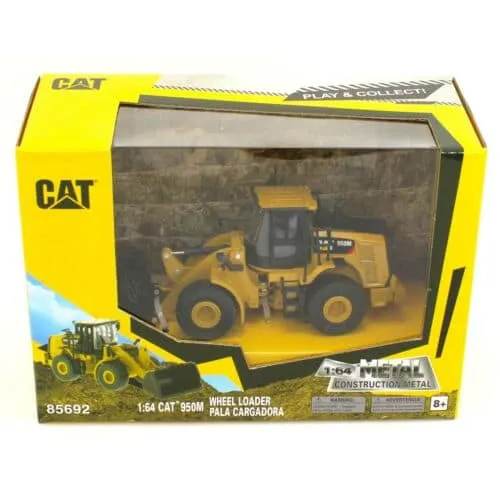
The bucket is one of the most critical components of a wheel loader, and selecting the right type is crucial for optimal performance. General-purpose buckets are versatile and suitable for a wide range of materials, while rock buckets are reinforced for handling abrasive materials. Material-handling buckets are designed for lighter materials, increasing capacity and efficiency. There are also specialized buckets for specific tasks, such as side-dump buckets for confined spaces and multi-purpose buckets for a combination of functions, including dozing, grabbing, and loading. Selecting the appropriate bucket maximizes the wheel loader’s efficiency and minimizes material handling time. Always consider the materials you will be loading.
Understanding the Hydraulic System
The hydraulic system is the lifeblood of a wheel loader, powering all its movements and functions. Understanding how it works is essential for efficient operation and maintenance. The system consists of a hydraulic pump, valves, cylinders, and hoses that work together to convert engine power into the force needed for lifting, digging, and dumping. Regular checks of hydraulic fluid levels and the condition of hoses and fittings are vital to prevent leaks and maintain optimal performance. Furthermore, familiarizing yourself with the system’s components will help to quickly identify and resolve issues, minimizing downtime. Check the hydraulic filters and replace them accordingly.
Cab Comfort and Safety Features
Cat wheel loaders feature cabs designed with operator comfort and safety in mind. Ergonomic controls, adjustable seats, and climate control systems minimize fatigue and improve productivity. Safety features include ROPS (Roll-Over Protective Structure) and FOPS (Falling Object Protective Structure) to protect the operator in the event of a rollover or falling debris. Visibility is enhanced through strategically placed mirrors and cameras, improving awareness of the surroundings. Regular inspections of safety features, such as seatbelts and backup alarms, are crucial to ensure a safe working environment. Good visibility can help the operator avoid accidents.
Operating a Cat Wheel Loader
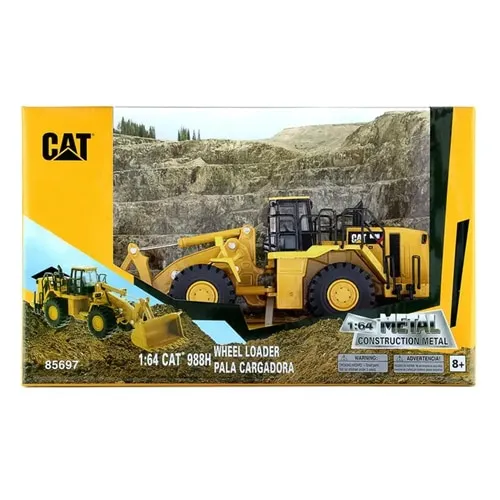
Operating a Cat wheel loader requires a combination of technical skill, situational awareness, and adherence to safety protocols. Before starting the machine, familiarize yourself with the controls and instruments, and perform pre-operation checks to ensure the equipment is in safe working order. During operation, maintain a smooth and controlled operation, avoiding sudden movements that can compromise stability. Understanding the loader’s capabilities and limitations is key to preventing accidents and maximizing productivity. Moreover, always be aware of the environment and follow best practices. Never operate a machine if you do not know how to use it properly.
Pre-Operation Checks
Pre-operation checks are critical for ensuring the safe and efficient operation of a Cat wheel loader. These checks include inspecting the tires for proper inflation and wear, checking fluid levels (engine oil, coolant, and hydraulic fluid), and verifying that all lights and signals are functioning correctly. Also, inspect the bucket and other attachments for damage or wear. Examine the cab for any obstructions, and make sure the mirrors and cameras are properly positioned and functioning. Regularly conduct a walk-around inspection to look for potential hazards and ensure that the machine is ready for operation. Make sure the operator has been appropriately trained.
Starting and Stopping the Loader
Starting and stopping a Cat wheel loader correctly is essential for ensuring the longevity of the machine and preventing damage. To start the loader, ensure that the parking brake is engaged and the controls are in neutral. Follow the manufacturer’s recommended starting procedures, which typically involve turning the ignition key and allowing the engine to warm up. When stopping the loader, bring the machine to a complete stop on a level surface, engage the parking brake, and allow the engine to idle for a few minutes to cool down before turning it off. Always follow the procedure from the manufacturer.
Loading and Transporting Materials
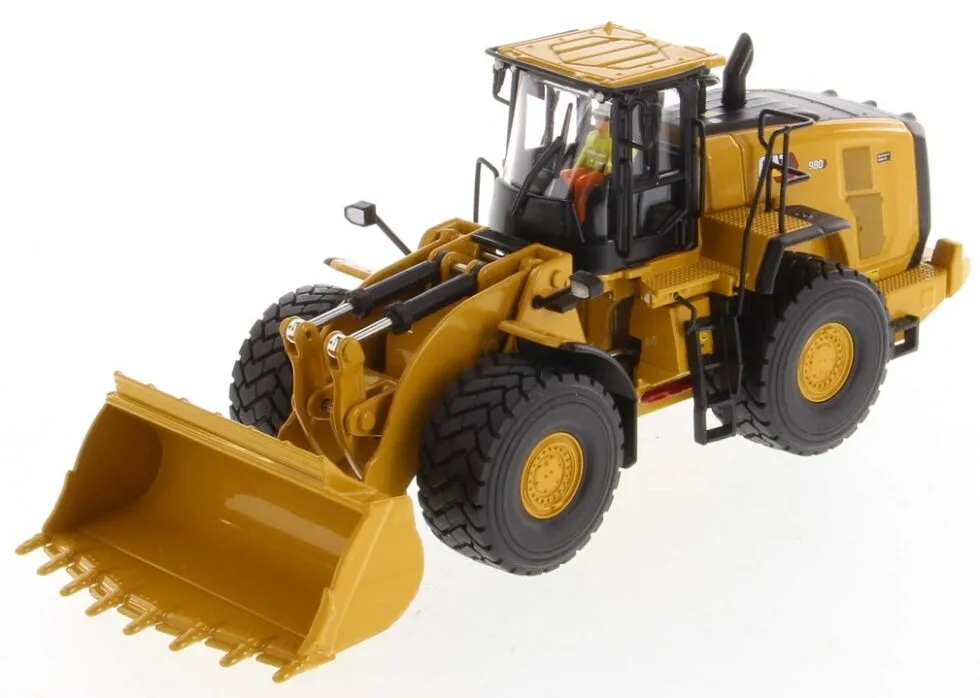
Efficient loading and transporting of materials are key aspects of wheel loader operation. Approach the material pile smoothly and use a consistent digging technique to fill the bucket. Avoid overloading the bucket, as this can compromise the machine’s stability and put excessive stress on components. When transporting materials, keep the bucket low to the ground to maintain visibility and stability. When loading trucks, position the loader carefully and dump the material evenly to prevent spillage. Always be aware of the load limits of the trucks. Proper loading increases efficiency and reduces wear and tear on equipment. Loading efficiency is crucial.
Advanced Operating Techniques
Mastering advanced operating techniques can significantly improve productivity and efficiency. Techniques such as the ‘V-pattern’ loading method can reduce cycle times when loading trucks. Practicing smooth and controlled movements minimizes material spillage and reduces wear and tear on the machine. Utilizing the loader’s features, such as automatic bucket positioning and ride control systems, can enhance operator comfort and reduce fatigue. Regularly practicing different techniques, such as grading and leveling, will help you become a proficient operator. Always practice these skills in a controlled environment.
Maintaining Your Cat Wheel Loader
Regular maintenance is vital for keeping your Cat wheel loader operating at peak performance and extending its lifespan. A well-maintained machine is more reliable, fuel-efficient, and safer to operate. Implementing a comprehensive maintenance program that follows the manufacturer’s recommendations can prevent costly breakdowns and downtime. This includes regular inspections, lubrication, and replacement of critical components. Furthermore, keeping accurate maintenance records helps track the machine’s performance and identify potential issues before they escalate. A good maintenance program will extend the life of your Cat wheel loader.
Daily Maintenance Checklist
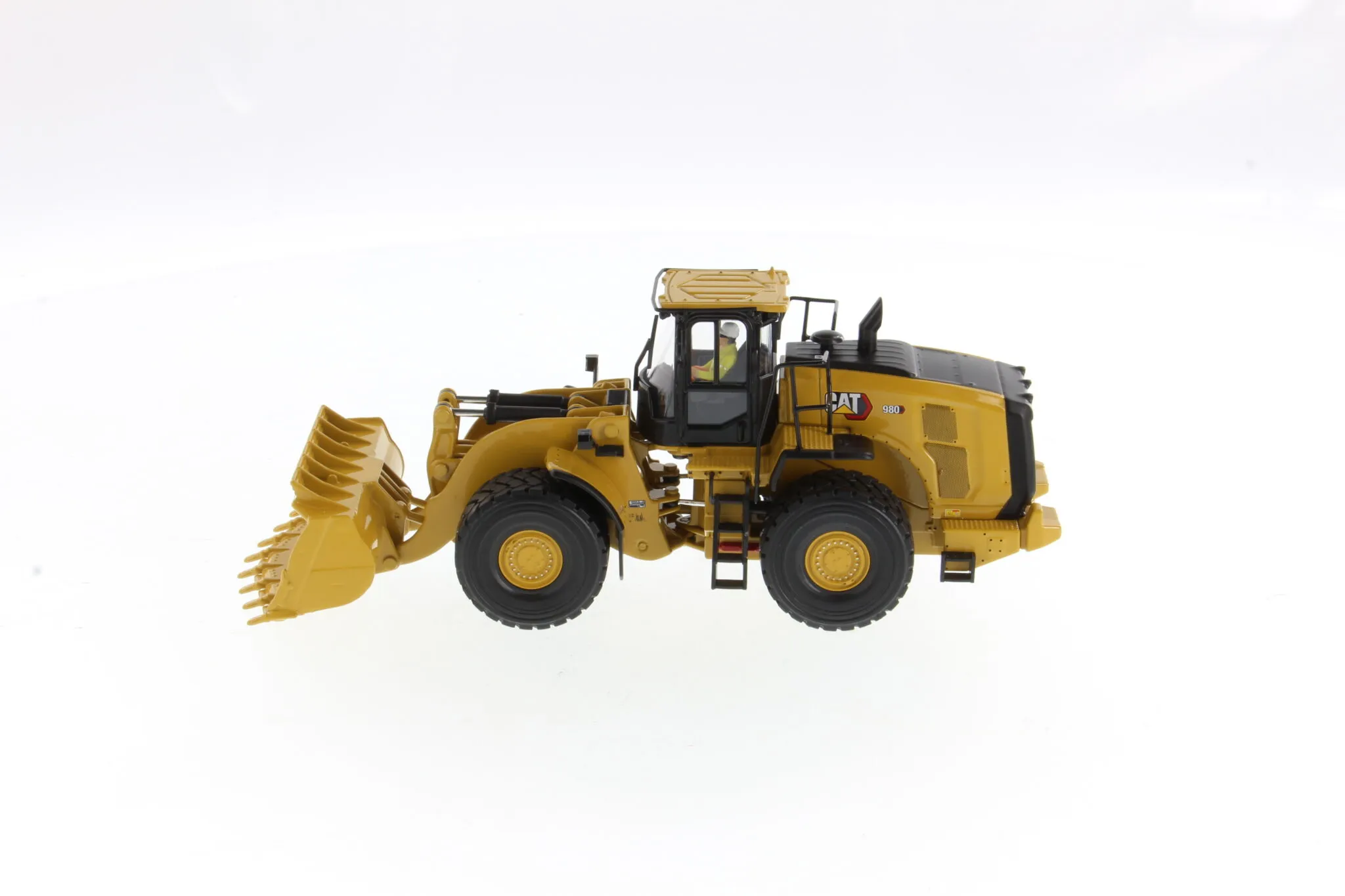
A daily maintenance checklist is the foundation of a good maintenance program. This checklist should include checking fluid levels, inspecting tires for wear and proper inflation, and examining the machine for any visible damage or leaks. Lubricate all moving parts according to the manufacturer’s recommendations. Clean the machine, paying attention to areas where dirt and debris can accumulate. Also, check the operation of all safety features, such as lights, signals, and the horn. Following this daily routine helps catch small issues before they turn into major problems. Keeping a log will help track these important tasks.
Regular Inspections and Servicing
In addition to daily maintenance, regular inspections and servicing are essential for the long-term health of your wheel loader. These should include scheduled oil and filter changes, inspections of the hydraulic system, and checking the condition of the engine and transmission. Follow the manufacturer’s recommended service intervals for all components. Keep detailed records of all maintenance and repairs. Consider having a certified technician perform more complex maintenance tasks. Regular servicing will help to minimize downtime and operational costs.
Troubleshooting Common Issues
Even with the best maintenance practices, issues can arise. Familiarize yourself with common problems and their potential causes. These can include starting problems, hydraulic leaks, or reduced performance. Consult the operator’s manual for troubleshooting guides. Keep a basic toolkit on hand for minor repairs. In some cases, it might be necessary to consult a qualified technician. Being able to identify and resolve minor issues can prevent costly downtime. Knowing the common issues can help make your operation run smoothly. Familiarize yourself with your equipment.
Safety Tips for Wheel Loader Operation
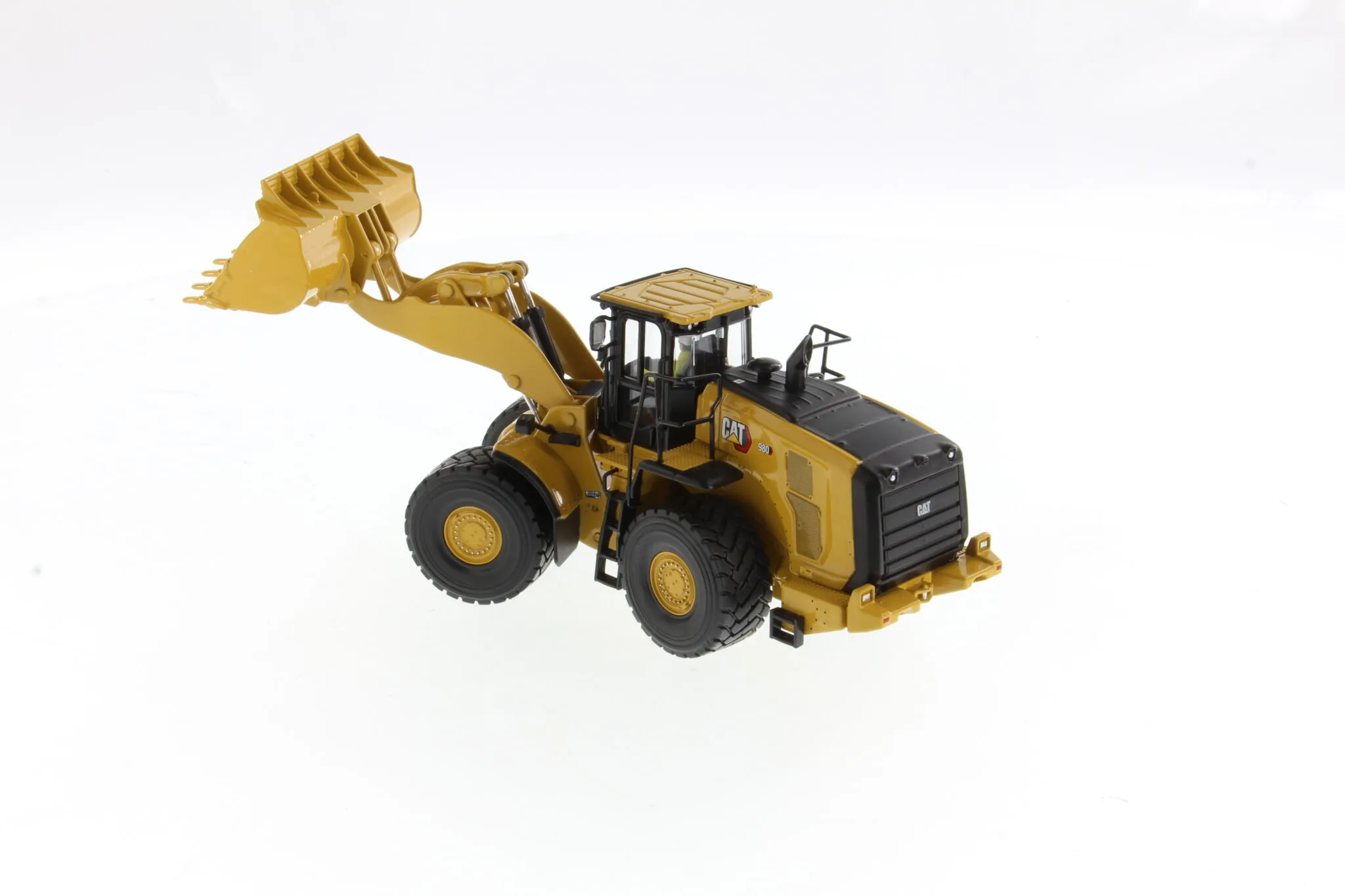
Safety should always be the top priority when operating a Cat wheel loader. Adhering to established safety protocols can prevent accidents and injuries and ensure the well-being of both the operator and those working around the machine. Implementing a robust safety program, including regular training and equipment inspections, is essential for creating a safe work environment. Moreover, it’s crucial to recognize and mitigate potential hazards on the job site. Safety programs will keep the operators and the site crew safe.
Preventing Accidents and Injuries
Preventing accidents and injuries requires a proactive approach to safety. Always wear the appropriate personal protective equipment (PPE), including a hard hat, safety glasses, and high-visibility clothing. Ensure that the work area is free of obstructions and hazards. Maintain a safe distance from other workers and equipment. Never operate the loader under the influence of drugs or alcohol. Regularly inspect the machine for any potential safety hazards. Always follow the manufacturer’s guidelines and safety regulations. Safety is the most important aspect.
Importance of Proper Training
Proper training is crucial for safe and efficient operation of a Cat wheel loader. Comprehensive training programs should cover all aspects of operation, including pre-operation checks, starting and stopping procedures, loading and transporting materials, and troubleshooting common issues. Training should also emphasize safety protocols and the importance of following established guidelines. Regular refresher courses can help operators stay up-to-date with the latest safety practices and technologies. Make sure that all operators have gone through the appropriate training.
Safety Gear and Equipment
Using the right safety gear and equipment is essential for preventing injuries. Always wear a hard hat, safety glasses, and hearing protection. High-visibility clothing is crucial for being seen by others on the job site. Use a seatbelt at all times while operating the loader. Ensure that the machine is equipped with a functioning ROPS and FOPS. Maintain a first-aid kit on site. Inspect all safety gear regularly. Using this safety equipment is crucial for the safety of all involved.
In conclusion, mastering the operation and maintenance of a Cat wheel loader is a journey that combines technical knowledge, practical skills, and a strong commitment to safety. By following this guide, you will not only improve your efficiency and productivity but also create a safer and more sustainable work environment. Remember that continuous learning and adherence to safety protocols are vital for success in the construction industry. With proper knowledge, the Cat wheel loader is a powerful tool.
